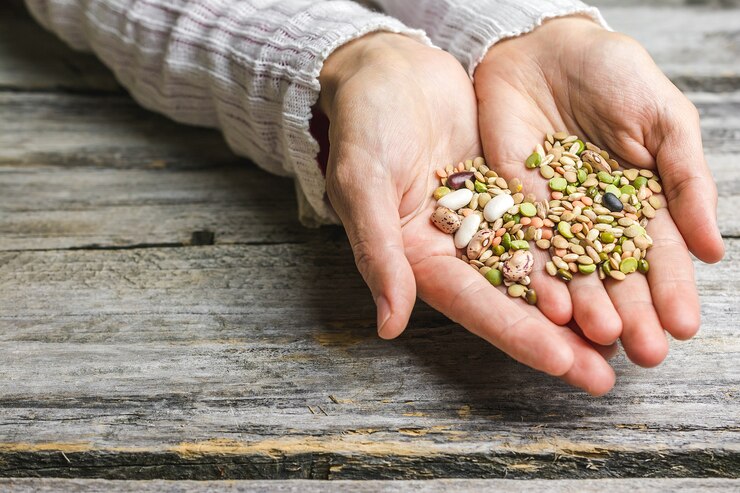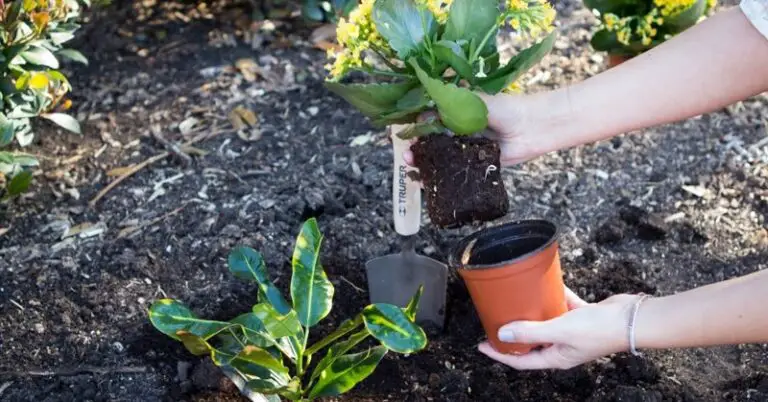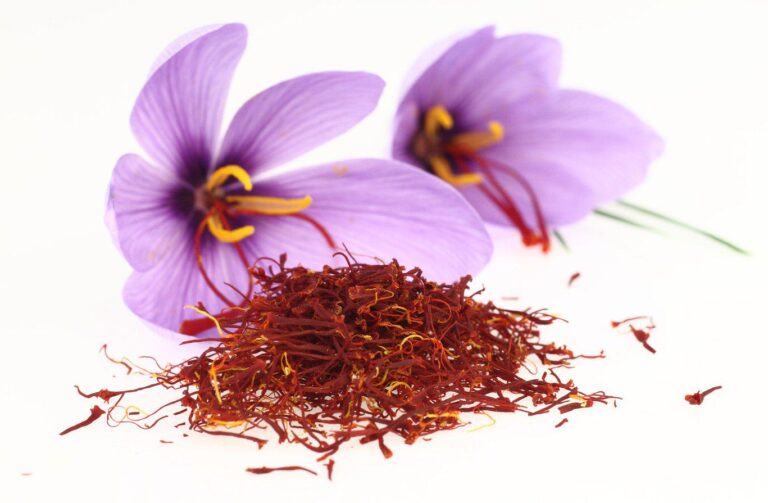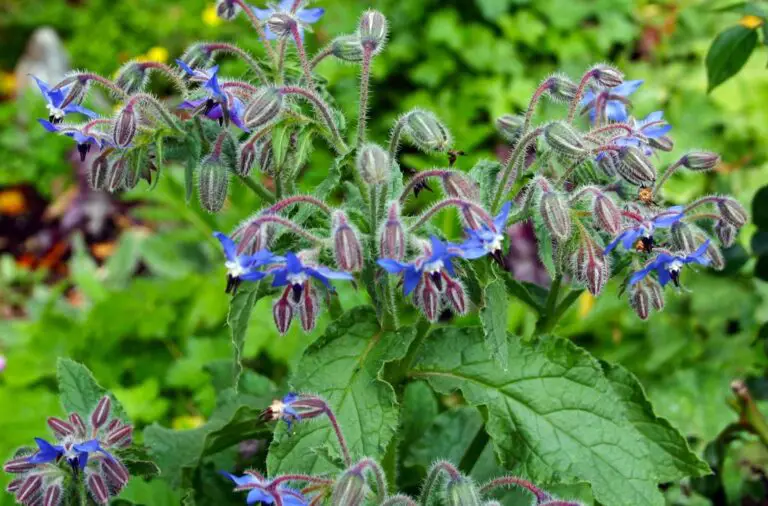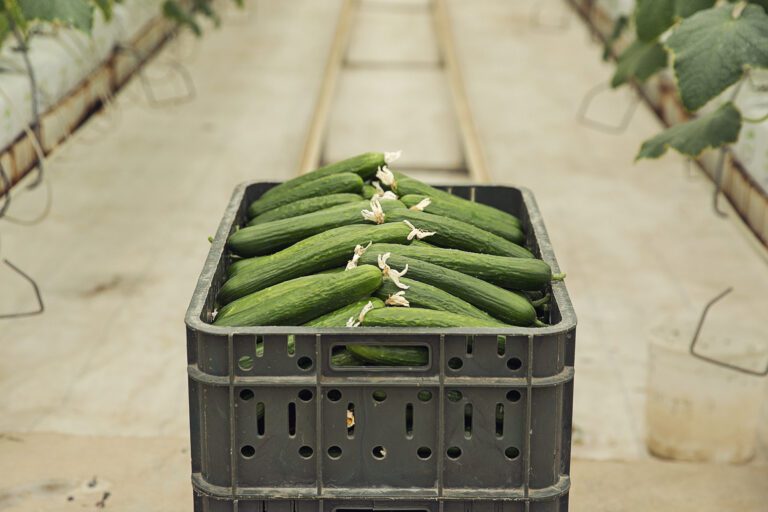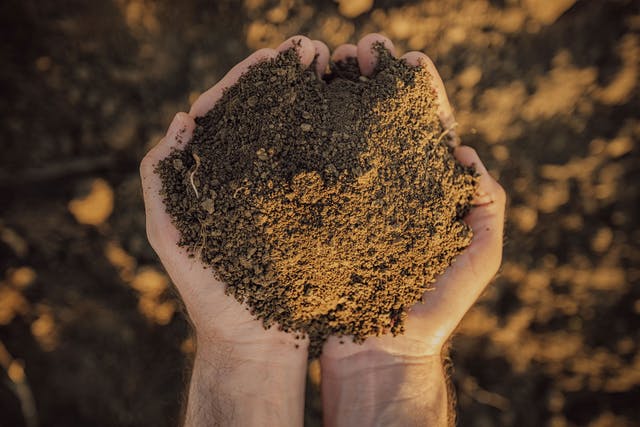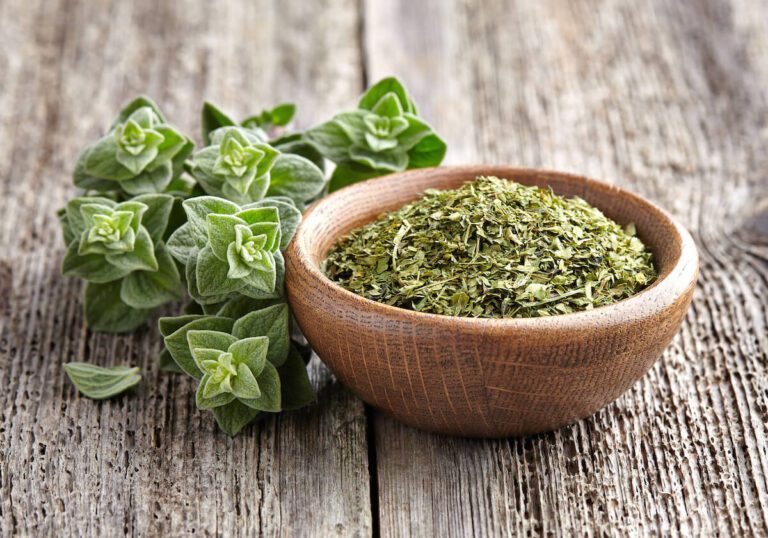How to Store Seeds for Years and Keep Them Viable
“Ever wondered how to preserve seeds for the long haul? Picture this: you’ve stumbled upon a variety of seeds, rare and precious, but you’re not quite ready to plant them. Fear not! In this guide, we’ll delve into the art of seed storage, unlocking the secrets to keeping them viable for years to come. From proper containers to ideal conditions, we’ve got you covered. Whether you’re a seasoned gardener or just starting out, learning these techniques can save you time, money, and hassle down the road. Ready to become a seed-saving pro? Let’s dive in and ensure your seeds stand the test of time!”
Table of Contents
Creating Optimal Storage Conditions

To ensure the longevity and viability of your seed collection, it is crucial to create optimal storage conditions. Temperature and humidity control play a significant role in preserving the integrity of seeds.
- Temperature Range: Maintain a cool environment between 32 to 41 degrees Fahrenheit (0 to 5 degrees Celsius).
- Relative Humidity: Aim for a humidity level of 30 to 40 percent to deter mold, bacteria, and fungi growth.
- Light Avoidance: Store seeds in opaque containers to shield them from light exposure.
- Dark Storage: Choose a dark storage room or cabinet to further protect seeds from light, preventing premature germination and degradation of vital compounds.
By prioritizing these storage considerations, you can greatly extend the lifespan and viability of your seed collection.
Temperature and Humidity Control
Maintaining the right temperature and humidity levels is crucial for ensuring optimal storage conditions for your seed collection. Extreme temperatures can have detrimental effects on seed viability, while excessive humidity can promote the growth of molds and fungi.

- Ideal Conditions: Store seeds in a cool and dry environment, aiming for temperatures between 40 and 50 degrees Fahrenheit (4 to 10 degrees Celsius).
- Humidity Control: Maintain a humidity level of around 30 to 40 percent to prevent seed deterioration and loss of viability.
- Moisture Prevention: Use desiccant packets or moisture-absorbing substances like silica gel to combat high humidity levels.
- Longevity Enhancement: By controlling temperature and humidity, you can significantly prolong the life and viability of your seed collection.
Creating optimal storage conditions is a crucial step in ensuring successful germination and healthy plant growth. With the right environment, your seeds will remain viable and ready for planting for years to come.
| Control Measures | Description |
| Temperature | Ideal: 32-50°F (0-10°C). Minimize fluctuations. |
| Freezer Storage | Short-term for some seeds prevent moisture condensation. |
| Humidity | Ideal: 20-40% relative humidity. Keep low to prevent fungal growth. |
Using the Dry & Dry 5 Gram Premium Silica Gel Packets for my seed storage has been highly effective in maintaining the optimal dryness and preventing any moisture-related issues. The packets’ high absorption capacity ensures that my seeds remain free from mold and mildew, preserving their viability for future planting. The non-toxic nature of these desiccants gives me peace of mind knowing that no harmful chemicals are in contact with my seeds.
I appreciate the versatility and compact size of the packets, which fit easily into various storage containers. Although the initial cost is higher and the reactivation process requires an oven, the long-term value and reusability of these packets make them a worthwhile investment. Overall, these silica gel packets have proven to be an essential tool for successful seed storage.
- High Absorption Capacity: Excellent moisture absorption capabilities, keeping stored items dry and preventing mold or mildew.
- Reusable: Can be reactivated by drying in an oven, offering long-term use and value.
- Non-Toxic: Safe for use around food and other sensitive items, ensuring no harmful chemicals are released.
- Versatile: Suitable for a wide range of applications, including seed storage, electronics, and documents.
- Compact Size: Small and lightweight, making them easy to place in various storage containers without taking up much space.
- Clear Indicator: Some packets come with an indicator that changes color when moisture is absorbed, signaling the need for reactivation.
- Initial Cost: Higher upfront cost compared to single-use desiccant packets, though reusable nature offsets this over time.
- Reactivation Process: Requires an oven for reactivation, which may be inconvenient for some users.
- Limited Capacity: Each packet can only absorb a certain amount of moisture before needing reactivation, potentially requiring multiple packets for larger storage areas.
- Fragility: Silica gel beads can be fragile and may break if packets are handled roughly.
- Replacement Frequency: Frequent exposure to high humidity environments may necessitate more frequent reactivation cycles.
- Storage Space: While compact, a large number of packets might be needed for extensive storage needs, taking up more space.
Avoiding Exposure to Light
To maintain the optimal storage conditions for seeds, it is crucial to avoid exposing them to light. Light exposure can have detrimental effects on seed viability and overall quality.
- Photo-oxidation Risk: Light exposure triggers photo-oxidation, leading to the production of reactive oxygen species that damage the seed’s genetic material and biochemical components.
- Reduced Germination: Damage from photo-oxidation results in reduced germination rates and poor seedling vigor.
- Dormancy Mechanisms: Light exposure can activate seed dormancy mechanisms, disrupting natural germination cues.
- Light-sensitive Germination: Many plant species require specific light conditions or darkness to break dormancy and germinate.
- Preventive Measures: Store seeds in opaque containers like dark-colored envelopes or glass jars to block out light effectively.
- Storage Environment: Keep seeds in a dark and cool location, away from direct sunlight or artificial light sources, to ensure viability and longevity.
By taking these precautions, you can safeguard the viability and longevity of your seed collection.
Protecting Seeds from Pests and Pathogens
Seeds are highly susceptible to damage from pests and pathogens, which can greatly reduce their viability and render them unusable for planting. To protect your precious seed collection, it is crucial to implement proper pest and pathogen control measures.

By implementing these preventive strategies, you can greatly reduce the chances of pest and pathogen damage to your seeds, ensuring their long-term viability and future germination success.
Determining Seed Longevity and Viability
To ensure successful germination and maximize the yield of your plants, it is crucial to assess the longevity and viability of your seeds.
- Germination Testing: Conduct germination tests to determine seed viability and health.
- Optimal Conditions: Create ideal germination conditions by providing sufficient water, temperature, and light.
- Controlled Environment: Plant a representative sample of seeds in a controlled setting and monitor their progress.
- Viability Assessment: Evaluate seed viability by observing germination rates and seedling health.
- Long-term Monitoring: Store a portion of seeds under suitable conditions and periodically conduct germination tests to track viability changes over time.
By doing so, you will be able to make informed decisions about the usability of your stored seeds and plan accordingly for future planting seasons.
The following table shows how to determine seed longevity and viability:
| Factors for Seed Longevity and Viability | Description |
| Seed Type | Different plant species have varying seed longevity. |
| Storage Conditions | Store seeds in cool, dark, and dry conditions. |
| Temperature | Low temperatures generally extend seed longevity. |
| Humidity | Maintain low humidity to prevent seed deterioration. |
| Seeds in Fruits | Seeds within fruits may have shorter viability. |
| Seed Moisture Content | Dry seeds before storage; moisture can reduce viability. |
| Dormancy Mechanisms | Some seeds may have dormancy, affecting viability. |
| Packaging | Use airtight containers or moisture-resistant packaging. |
| Seed Testing | Conduct germination tests to assess seed viability. |
| Germination Rate | Higher germination rates indicate better seed viability. |
| Seed Appearance | Healthy seeds are plump, firm, and free from damage |
| Seed Age | Newer seeds generally have higher viability. |
| Seed Treatments | Some seeds benefit from scarification or stratification. |
| Insect Damage | Inspect for insect damage, which can reduce viability. |
| Fungal Infections | Fungal infections can compromise seed viability. |
| Storage Duration | Longer storage may lead to reduced seed viability. |
| Viability Testing Methods | Use methods like tetrazolium testing for accurate viability assessment. |
| Record Keeping | Maintain records of seed source, storage, and testing for future reference. |
In the next section, we will explore techniques for reviving old seeds, ensuring no seed goes to waste and maximizing the potential of your seed collection.
Performing Germination Tests
Performing germination tests is an essential step in determining the viability of seeds before planting them. This process allows gardeners to assess the potential for successful germination and adjust their planting strategies accordingly.

- Seed Selection: Choose a representative sample of seeds from your collection for the test.
- Substrate Preparation: Prepare a moist substrate like paper towels or vermiculite and evenly distribute the seeds on top.
- Covering Seeds: Add another layer of moist substrate on top to cover the seeds.
- Placement: Place the setup in a warm and well-lit area to facilitate germination.
- Monitoring: Regularly check for signs of germination, such as root or shoot emergence.
- Research: Understand the specific germination requirements of the seeds being tested, as different plant species have varying needs.
- Recording Results: After a specified period, typically a few weeks, record the percentage of seeds that have germinated for evaluation.
This germination rate provides valuable insights into the overall quality and viability of your seed collection. Remember, seeds with lower germination rates may still be viable, but they may require additional care or treatments to maximize their potential for successful growth.
Monitoring Seed Health Over Time
Monitoring seed health over time is essential for ensuring the longevity and viability of your seed collection. By regularly assessing the health of your seeds, you can identify any potential issues or deterioration early on and take appropriate actions to prevent further damage.
- Germination Testing: Plant a sample of seeds in a controlled environment to observe sprouting and seedling development.
- Viability Assessment: Evaluate seed viability and germination rate through periodic germination tests.
- Performance Tracking: Conduct tests regularly to monitor changes in germination performance over time.
- Deterioration Signs: Watch for signs of seed deterioration like mold, discoloration, or pest infestation.
- Regular Inspection: Periodically inspect stored seeds to detect any deterioration early.
- Proper Storage: Maintain appropriate storage conditions to minimize the risk of deterioration.
By maintaining accurate records of your observations and making adjustments to storage conditions as needed, you can ensure the long-term health and viability of your seed collection.
Reviving Old Seeds
Reviving old seeds can be a rewarding experience for any gardener. However, it requires careful planning and the right techniques to ensure successful germination.
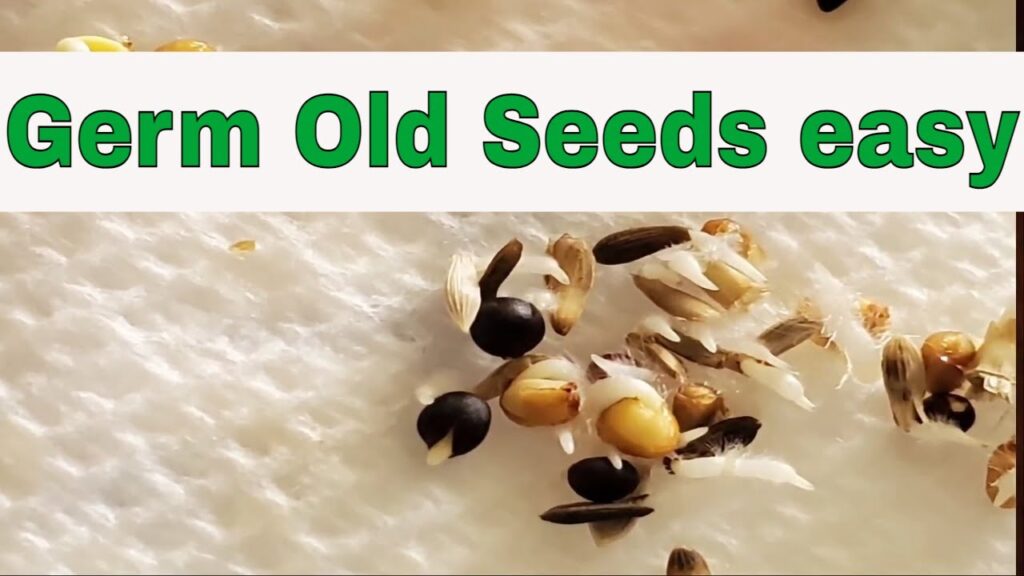
- Seed Dormancy: Some seeds have built-in mechanisms delaying germination.
- Scarification: Speed up germination by nicking or filing the seed coat, allowing moisture penetration.
- Stratification: Mimic cold conditions by refrigerating seeds in a moist medium to break dormancy.
- Pre-germination Treatments: Enhance viability for low-quality seeds.
- Soaking: Soften seed coat and encourage moisture absorption by soaking seeds in warm water overnight.
- Disinfection: Use hydrogen peroxide solution to protect seeds from pathogens.
- Nutrient Boost: Apply rooting hormones or seedling-starting products for weak or old seeds.
- Expert Guidance: Consult horticulture experts or reputable gardening resources for tailored advice on seed treatment.
Using Hormex Rooting Hormone Powder #3 to germinate weak seeds and propagate cuttings has significantly boosted my gardening success. This rooting hormone has proven its worth by promoting strong and rapid root development, even in moderately difficult-to-root plants. The easy application process—simply dipping the cuttings into the powder—makes it accessible for gardeners at any skill level.
Despite the potential mess and the need for careful storage, the powder form’s long shelf life and consistent results make it a reliable choice. Although it has a higher initial cost and comes in a small container, the enhanced root growth and increased success rate in plant propagation make it a valuable investment for any gardener.
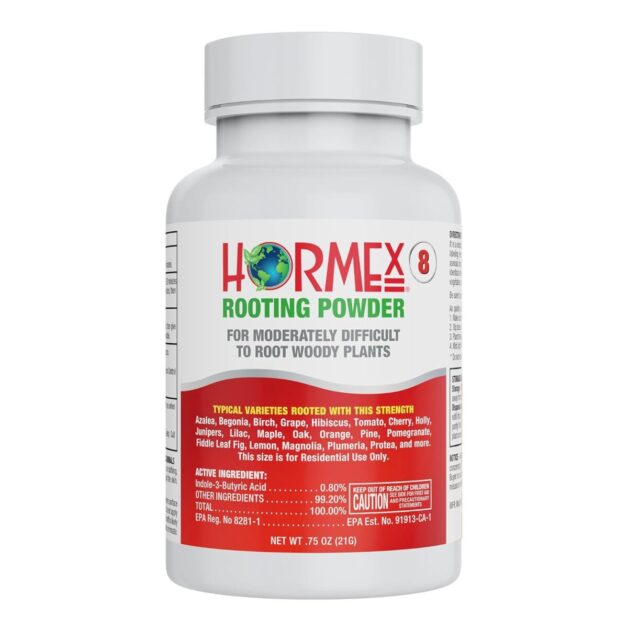
✅ Versatile Application: Suitable for a variety of plants, including moderately difficult-to-root species, making it a versatile tool for gardeners.
✅ Easy to Use: Simple application process involves dipping the cuttings into the powder, making it accessible for gardeners of all skill levels.
✅ Consistent Results: Provides reliable and consistent results, ensuring a higher success rate for plant propagation.
✅ Long Shelf Life: The powder form has a long shelf life, maintaining its effectiveness over time if stored properly.
✅ Compact Packaging: Comes in a small, convenient container that is easy to store and handle.
❌ Potential Mess: The powder can be messy to handle and apply, requiring careful handling to avoid spills and waste.
❌ Initial Cost: Higher upfront cost compared to some other rooting methods, though it can be cost-effective in the long run.
❌ Storage Conditions: Requires proper storage conditions to maintain potency, including keeping it dry and away from direct sunlight.
❌ Limited Quantity: The small container may not be sufficient for large-scale propagation projects, necessitating multiple purchases.
❌ Health Precautions: Requires careful handling to avoid inhalation or contact with skin, necessitating the use of gloves or masks for safety.
Techniques for Breaking Seed Dormancy
Breaking seed dormancy is crucial for successful germination of a wide range of plant species. Dormancy is a natural protective mechanism that prevents seeds from germinating under unfavorable conditions, such as cold temperatures or drought. There are several techniques that gardeners can employ to break seed dormancy and promote germination.
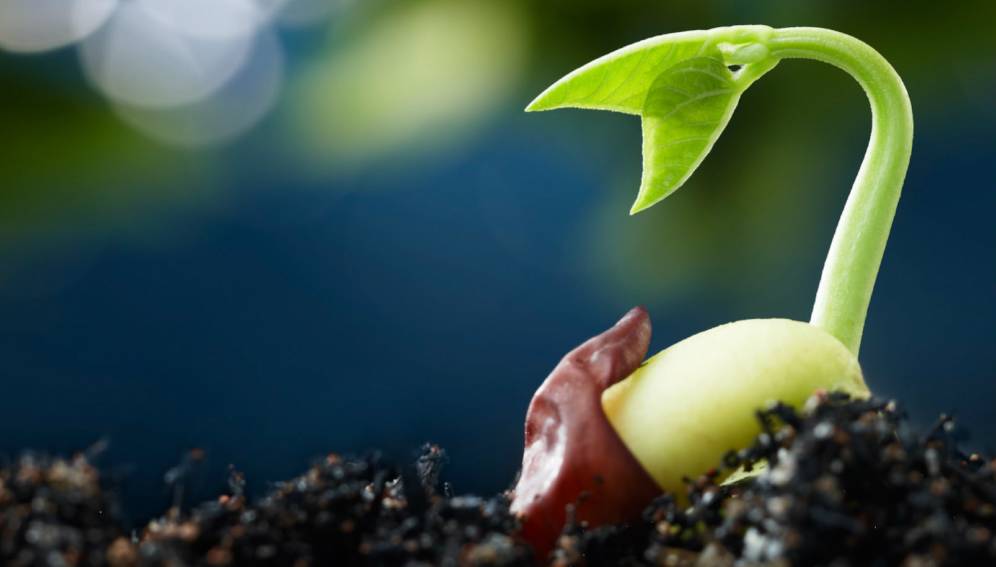
- Scarification: Mechanically damage seed coat to facilitate moisture and gas penetration, promoting germination.
- Methods: Gently file seed coat with nail file or sandpaper, or soak seeds in hot water for a specified time.
- Varied Requirements: Different plant species have different scarification needs, so research specific seed requirements.
- Stratification: Mimic natural winter conditions to break seed dormancy.
- Process: Place seeds in moist medium and refrigerate for a set period.
- Medium Options: Use vermiculite or sand for optimal results.
- Purpose: Break down inhibitors in seed coat and stimulate germination upon planting.
By carefully employing scarification and stratification techniques, gardeners can increase the germination rate of dormant seeds and unlock the potential of their seed collection. However, it is essential to understand the specific requirements of each plant species and ensure that the chosen method is appropriate. Experimentation and documentation are key to fine-tuning these techniques and achieving successful results.
Pre-germination Treatments for Low Viability Seeds
Pre-germination treatments are essential when dealing with low viability seeds. These treatments help to increase the chances of successful germination and enhance seedling vigor.

- Scarification: Break or weaken the seed coat to facilitate germination.
- Physical Methods: File or nick the seed coat.
- Chemical Methods: Soak seeds in a weak acid solution.
- Stratification: Mimic natural winter conditions to overcome seed dormancy.
- Process: Expose seeds to cold and moist conditions for a specific period.
- Method: Place seeds in a damp paper towel, seal in a plastic bag, and refrigerate.
- Purpose: Enhance germination success for low viability seeds.
- Outcome: Break dormancy and trigger germination when planted.
- Caution: Not all seeds respond uniformly to treatments.
- Variability: Results may differ based on plant species and seed variety.
- Approach: Experimentation, documentation, and patience are crucial.
- Key: Properly record results and adjust methods accordingly for future attempts.
Sharing and Exchanging Seeds
- Effective Packaging: Ensure seeds arrive in good condition by using proper packaging methods.
- Airtight Containers: Utilize resealable plastic bags or glass jars to preserve seed freshness.
- Moisture and Air Prevention: Prevent entry of moisture and air to maintain seed viability.
- Labeling: Provide essential information on each package for easy identification and tracking.
- Key Details: Include seed type, variety, and harvest date.
- Storage: Maintain seed quality by storing packaged seeds appropriately.
- Cool and Dry Environment: Store seeds away from direct sunlight and temperature fluctuations.
- Importance: Effective packaging maximizes seed viability for successful planting and growth.
Networking with Seed Enthusiasts and Seed Banks
- Community Engagement: Connect with fellow gardeners, enthusiasts, and seed banks for seed exchange opportunities.
- Knowledge and Diversity: Tap into a wealth of rare and heirloom seeds available within these communities.
- Online Platforms: Participate in forums, local clubs, or social media groups dedicated to seed exchange.
- Networking: Partner with reputable seed banks and organizations to access a wider variety of seeds.
- Authenticity and Quality: Ensure the seeds’ authenticity and quality through trusted sources.
- Benefits: Collaborating with these networks promotes biodiversity and preserves unique plant varieties.
- Resilient Varieties: Exchange and preserve resilient plant varieties not readily available commercially.
Proper Packaging for Seed Distribution
Proper packaging plays a crucial role in ensuring the successful distribution of seeds. The packaging should be designed to protect the seeds from various factors that can compromise their viability.

- Moisture Protection: Use moisture-proof containers to safeguard seeds from moisture infiltration.
- Airtight Containers: Opt for airtight containers or moisture-resistant packets to prevent mold growth.
- Temperature Stability: Protect seeds from temperature fluctuations during transit.
- Insulated Packaging: Utilize insulated materials like polystyrene foam or double-layered envelopes.
- Stable Temperature: Maintain a relatively stable temperature to preserve seed viability.
- Labeling Importance: Proper labeling facilitates seed identification and care.
- Accurate Information: Include seed variety, planting instructions, and batch details on labels.
- Clear and Legible: Ensure labels are clear, legible, and contain essential information.
- Details to Include: Common and scientific names, packaging date, germination rate, and storage requirements.
By adopting these packaging practices, gardeners and seed enthusiasts can ensure that their seeds are well-protected and preserved during transit and storage. Proper packaging not only maintains seed viability but also enhances the overall success and satisfaction of gardeners by providing them with high-quality seeds that are ready to germinate and thrive.
Networking with Seed Enthusiasts and Seed Banks
Networking with Seed Enthusiasts and Seed Banks is a valuable way to expand your seed collection and gain access to a wider variety of plant species.

- Seed Savers Definition: Seed enthusiasts, or seed savers, collect, save, and exchange seeds.
- Unique Varieties: Often possess rare and unique varieties in their collections.
- Diversification Resource: Valuable for diversifying your garden with distinct plant varieties.
- Joining Gardening Clubs: Participate in local gardening clubs or organizations to connect with seed enthusiasts.
- Seed Swaps: Attend seed swaps or exchanges organized by these groups to share seeds and knowledge.
- Networking Opportunity: Interact with experienced gardeners for valuable insights and advice.
- Online Communities: Engage with online platforms and forums dedicated to seed sharing.
- Websites: Explore platforms like Seed Savers Exchange and the Global Seed Network for seed trading opportunities.
- Access to Rare Varieties: Benefit from a vast catalog of seeds, including rare and heirloom varieties.
- Seed Banks: Utilize seed banks as a valuable resource for expanding your seed collection.
- Repositories of Genetic Material: Seed banks house extensive collections of seeds for conservation purposes.
- Membership Programs: Some seed banks offer membership or loan programs for accessing their collections.
- Research and Cultivation: Access unique varieties for research or cultivation through seed bank resources.
Networking with seed enthusiasts and seed banks provides opportunities to diversify your garden and connect with passionate individuals who share your love for plants. By actively engaging with gardening communities and utilizing online platforms or local events, you can access a wide range of seeds and contribute to the conservation of plant diversity.
By following these comprehensive guidelines, you can ensure that your seed collection remains viable and ready for planting for years to come.
- Temperature and Humidity Control: Maintain optimal conditions for seed longevity.
- Temperature Range: Store seeds between 32-41°F (0-5°C).
- Humidity Level: Keep humidity below 50% to slow down seed metabolic processes.
- Light Avoidance: Prevent exposure to light to avoid premature germination or degradation.
- Storage Containers: Use opaque containers or envelopes to shield seeds from light.
- Storage Location: Keep containers in a dark and cool place, away from direct sunlight.
- Pest and Pathogen Prevention: Protect seeds from pests and pathogens to maintain viability.
- Clean Storage Area: Ensure storage area is clean and free from infestations.
- Moisture Absorption: Use desiccant packets to absorb excess moisture.
- Organic Pest Control: Implement organic pest control methods if necessary.
- By creating optimal storage conditions and protecting seeds from light, pests, and pathogens, you can preserve the viability of your seed collection for years, ensuring they are ready for planting when needed.
For further information watch this video:
FAQ
Can I store seeds in the refrigerator?
Yes, storing seeds in the refrigerator can help maintain their viability for a longer period. However, it is important to ensure that the seeds are properly dried and placed in an airtight container before refrigeration.
How do I determine the viability of seeds?
Performing germination tests is the most common way to determine seed viability. By placing a sample of seeds in suitable conditions and observing the percentage of seeds that successfully germinate, you can assess their viability.
Can I store seeds in plastic bags?
It is not recommended to store seeds in plastic bags as they can trap moisture and promote fungal growth. Instead, opt for breathable containers such as paper envelopes or glass jars for seed storage.
What is seed dormancy and how can it be broken?
Seed dormancy is a natural state of seed inactivity, preventing germination even under favorable conditions. To break seed dormancy, you can scarify the seed coat through methods like mechanical scarification, chemical scarification, or stratification.
What are pre-germination treatments?
Pre-germination treatments are techniques used to improve the germination rate of low viability seeds. These treatments can include soaking seeds in water, using hydrogen peroxide, or applying hormone solutions, among others.
How should seeds be packaged for distribution?
Proper packaging for seed distribution involves using moisture-resistant envelopes or packets that provide protection from light and pests. It is also important to label the packaging with the seed type, date, and any specific instructions.
How can I network with seed enthusiasts and seed banks?
You can network with seed enthusiasts and seed banks by joining local gardening or horticultural clubs, attending seed exchange events or workshops, and engaging in online communities and forums dedicated to seed sharing and preservation.

Studied Agricultural Engineering-Plant Protection at University of California, Davis.
Head of Content writing team at Southelmontehydroponics.com

